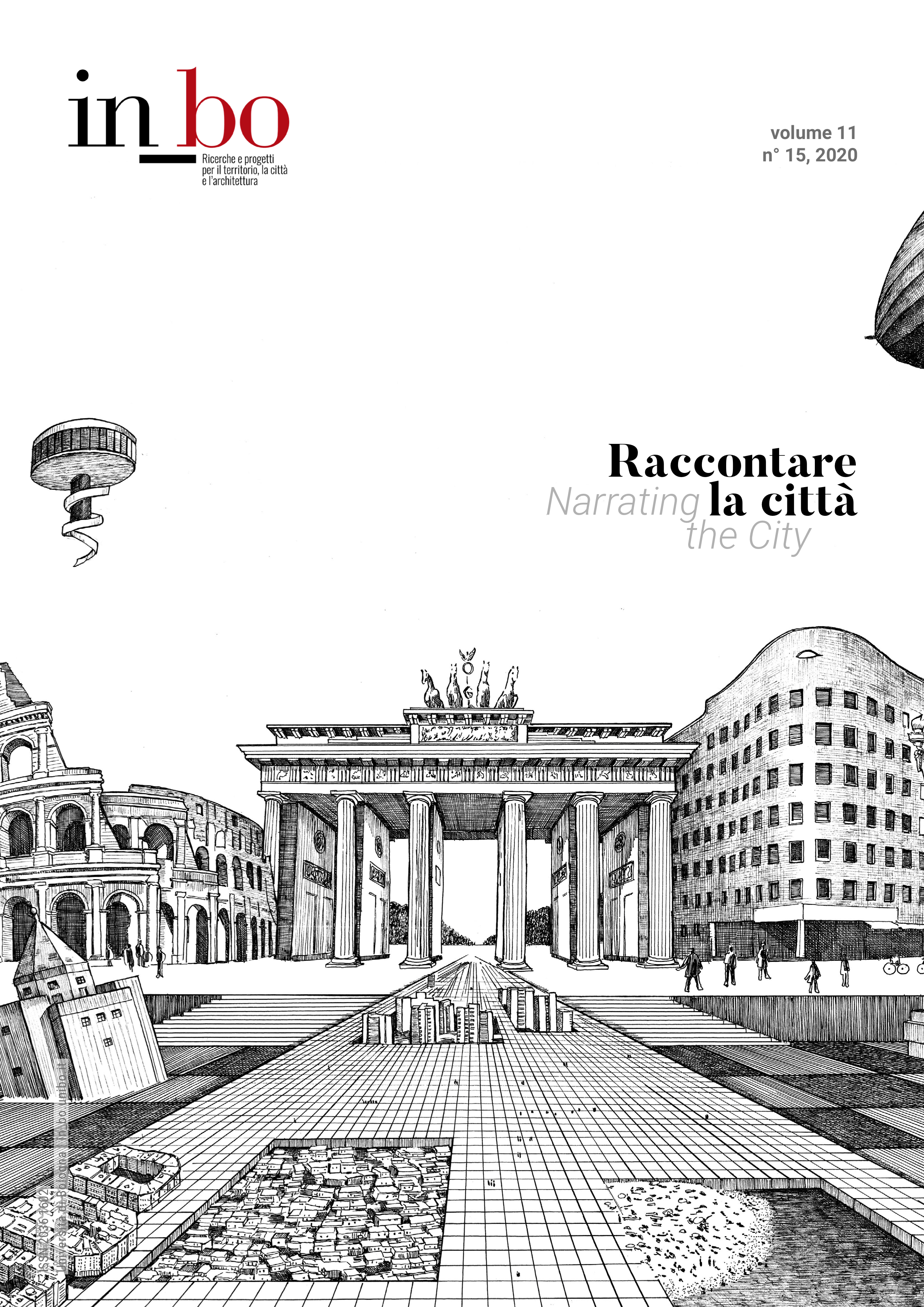Digital Urban Narratives: The Images of the City in the Age of Big Data
DOI:
https://doi.org/10.6092/issn.2036-1602/10532Keywords:
digital, data, visualization, social network, GISAbstract
The massive presence and use of digital technologies in urban areas generate a growing amount of data. This new knowledge, from one side, assigns to the city the new posthuman image of a smart system; from the other side, the polyphony of data-sources interferes with the narrative structure of the city, increasing its complexity and multiplying both the possibilities of its explorations as the management and design of its futures. In fact, the integration of digital tools for the collection, analysis and visualization of data makes it possible to simulate possible scenarios of transformation. But how this system of fluctuating parameters relates to the physical space of the city? How these multiple virtual possibilities change the urban narrative? The intersection between digital mediation and physical urban space is the object of this paper, that moves from an interdisciplinary perspective, between narratology and urban design. We analyzed three case studies (Saint Petersburg, Bologna, Barcelona), representative of how the use of digital technologies transforms the representation of the city. In Saint Petersburg we have reshaped the (semantic) landscape of the city through Instagram data; in Bologna we have followed the (digital) traces of the temporary community of students, investigating the interaction and interference between the ‘univercity’ and the physical urban environment; in Barcelona we have analyzed an urban fragment (the street of La Rambla), considering it as a microcosmos of data.
Downloads
Published
How to Cite
Issue
Section
License
Copyright (c) 2020 Maria Valese, Herbert Natta

This work is licensed under a Creative Commons Attribution-NonCommercial 3.0 Unported License.





